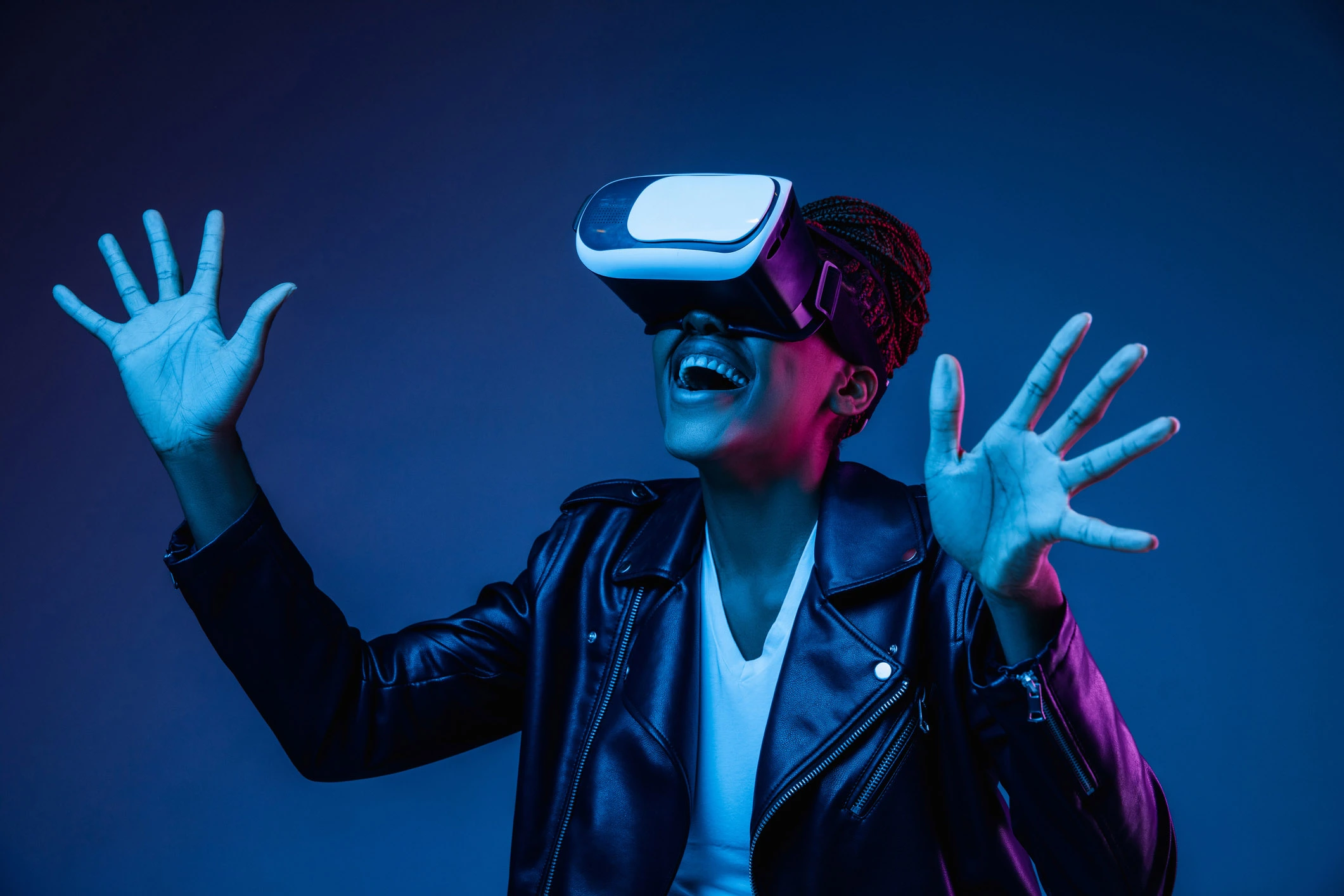
Sensory feedback can make your workplace training environment more effective, and it’s ideal for use in extended reality (XR) apps. This kind of feedback is more than just a list of bullet points your employees can review at the end of a training session. Instead, it’s a series of immersive elements customized for XR training—visual effects, sound design, physical haptic feedback such as a handheld object that rumbles, and more. All these combined elements harness our senses to reinforce the learning material, improving memory retention and illustrating XR effectiveness.
The Power Of Sensory Feedback
How does sensory feedback look in an XR environment? Imagine your employees are learning how to use a vehicle. Reading about how a car drives will provide the basics. But when you add a physical rumble, reactive engine sounds, and control over the vehicle’s movement, you’re not just teaching anymore—you’re immersing your team in the experience. The line between virtual reality and the lesson blurs, moving your learners from observers to engaged participants in an XR training environment.
In my experience as a 3D artist, VR developer, and game enthusiast, I’ve discovered that doing always trumps watching to enhance XR effectiveness. Consider how Bow Valley College trains nurses with immersive VR. Learners are tasked with taking a patient’s pulse. Once their virtual hands reach the right spot, they sense the controllers vibrating like a heartbeat using haptic feedback.
This physical sensation, coupled with auditory feedback, offers a deep understanding of how to find a heartbeat and of what to listen for, far surpassing what a video might offer.
How Game Dynamics Enhance XR Effectiveness For Learning
Gameplay elements combined with sensory feedback can also transform learning and improve XR effectiveness. In games, players learn more effectively by actively participating in a tutorial rather than passively watching it.
The key lies in the act of accomplishing something while engaging in XR training. Learners use muscle memory, sound responses, and haptic feedback to determine whether they’ve succeeded or failed. This interactive, almost subconscious learning is precisely what makes XR a game-changer for workplace training.
Key Benefits Of Introducing Auditory Elements In XR Training
The potential of sound in XR goes much further than a throbbing heartbeat. Soundtracks, ambient noises, and voice cues all contribute to a richer, more impactful learning environment. Together, they boost XR effectiveness.
For example, when building XR training for FireWise, we similarly dedicated ourselves to crafting an experience that would leave a lasting impression. In this fire extinguisher training course, learners engage in an interactive process. They have to pull out a pin in the extinguisher and then practice using the tool to spray. Throughout the training, continuous feedback came from sounds, vibrations, visual cues (such as residue left from the extinguisher), and even wind simulations. Each of these elements collectively helped learners remember the entire procedure vividly.
The takeaway? Details such as haptic feedback might require your organization to invest extra effort in building an XR training environment. But they’re worth every ounce of immersion they provide.
Strategies For Crafting Effective XR Apps
If your organization sees XR effectiveness as a game-changer for your training strategy, pay attention to the details. Embrace sensory feedback where it fits, ensuring learners have an engaging experience. Although my perspective is rooted in game development, the benefits of using details to enhance immersion and boost memory retention are universal.
While data and research on XR effectiveness is in its infancy, anecdotal evidence consistently emphasizes the advantages of haptic feedback and other sensory experiences.
The Future Of Sensory Feedback In XR Training For The Workplace
The horizon of XR promises exciting advancements. Physical feedback technology, currently a luxury, will likely become more accessible. Think motorized gloves that halt your movements through haptic feedback upon touching a virtual object or treadmills that simulate walking. These innovations are just around the corner.
Remember that while cutting-edge technology is fantastic, it’s often the subtle details that resonate most with learners. When you teach subject matter that engages multiple senses, it’s always worthwhile to factor in even the smallest of sensory details.
In the world of XR, every touch, sound, and visual can make the difference between mere learning and unforgettable immersion.
Leave a comment
You must be logged in to post a comment.

